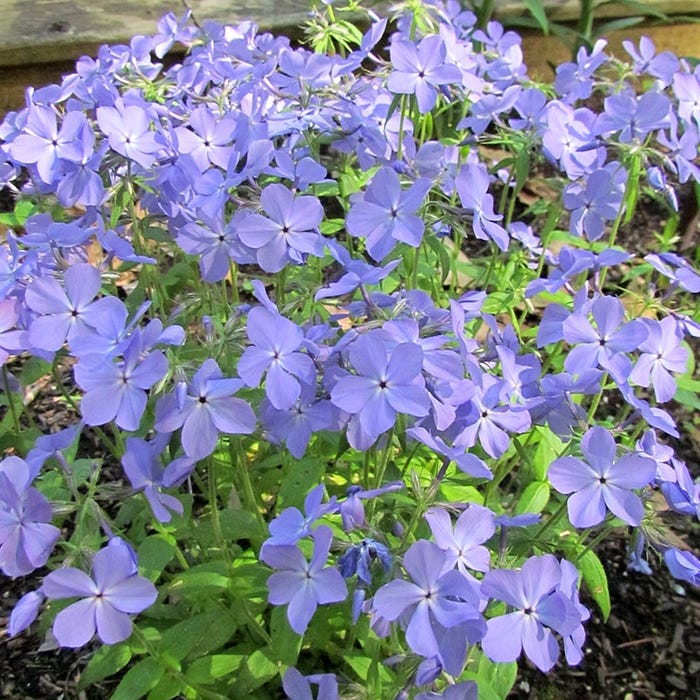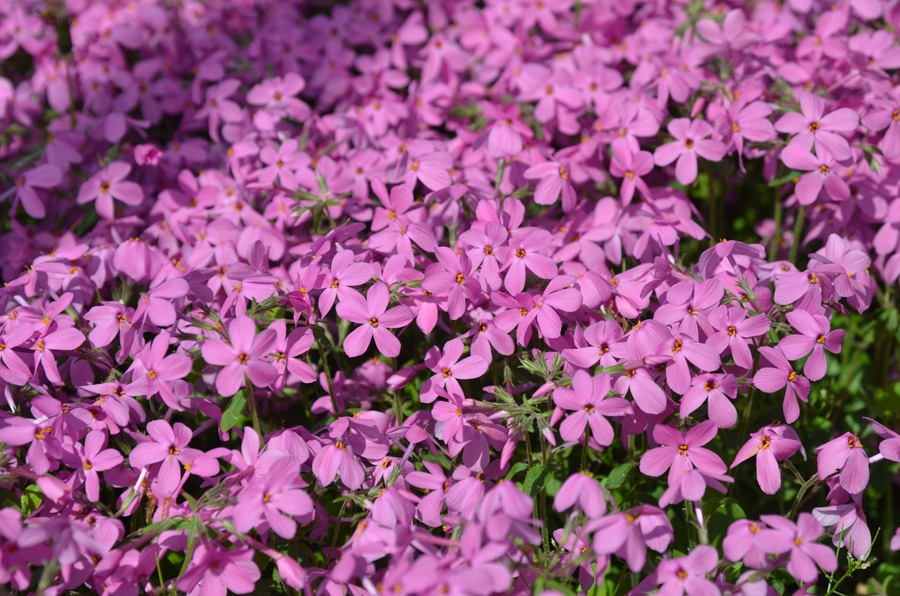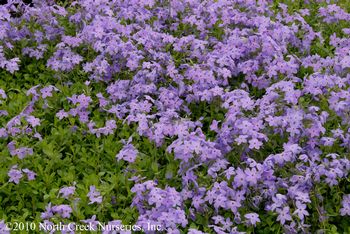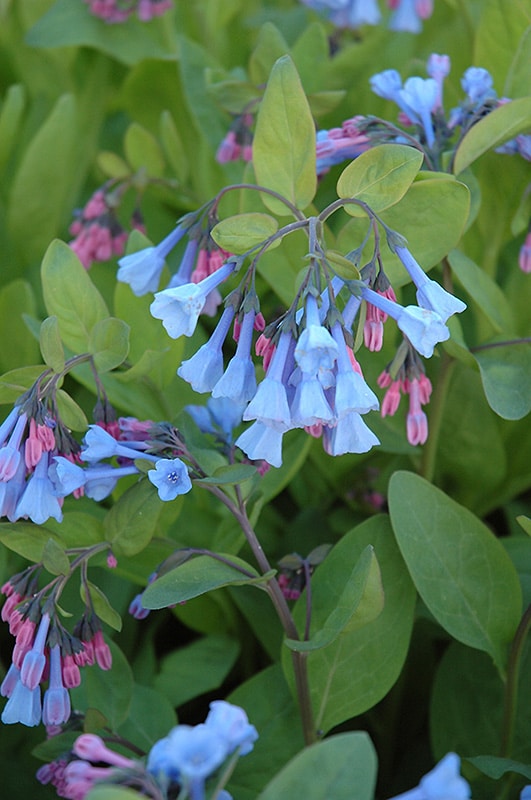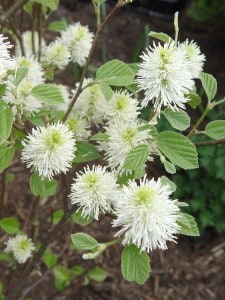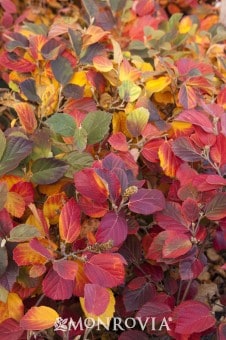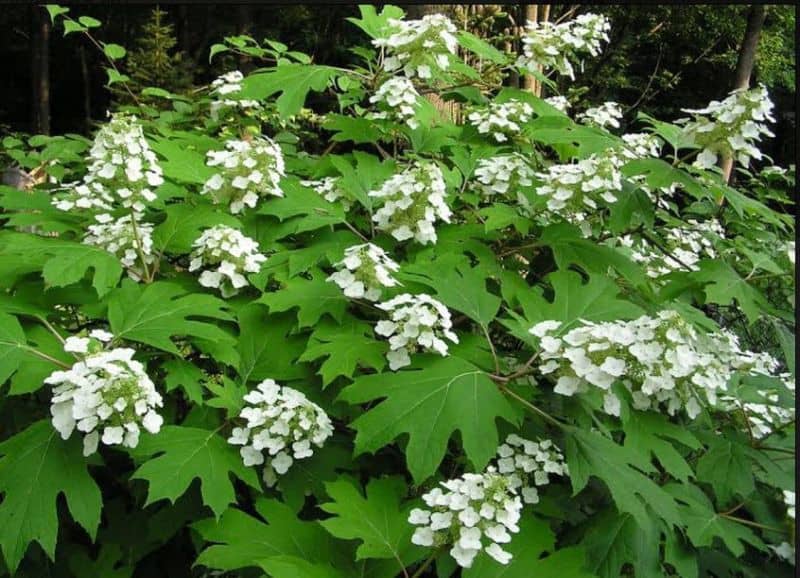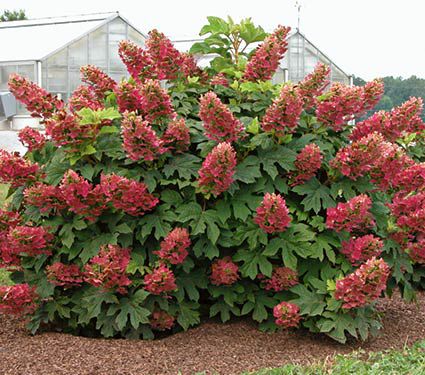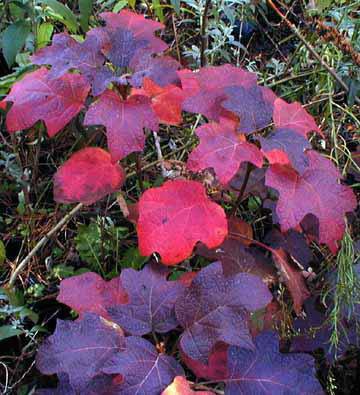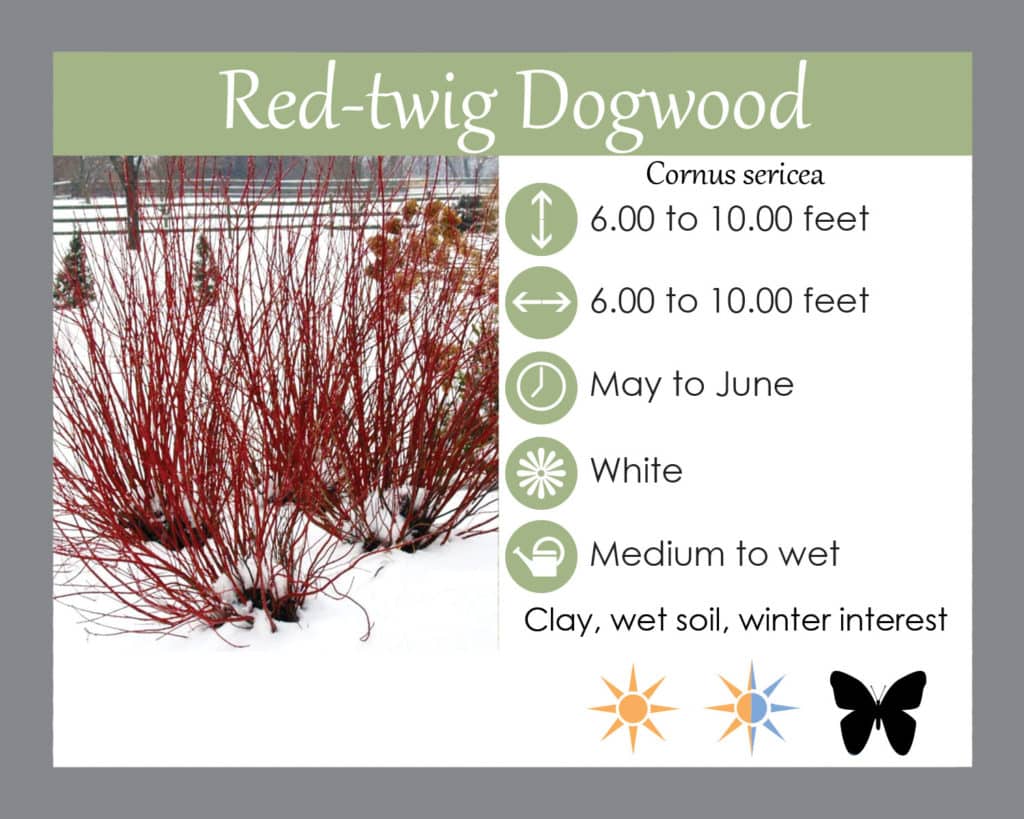Eco-Friendly Gardening for the Fall
Eco-Friendly Gardening for the Fall
The word is starting to spread that the ‘traditional’ way of maintaining landscapes isn’t always the best way to support an ecologically sustainable yard. It is important to practice eco-friendly gardening for the fall. Shrubs are pruned and shaped to within inches of their lives, 2nd batches of 2-3 inch thick mulch is applied into landscape beds, grass clippings are removed when mowing and leaves are cleaned up and hauled off the property. There are many people out there looking for the information on what to do to improve on these old habits. Here are a few:
What to do With Leaves
Leave your leaves in your garden beds to act as mulch and to provide habitat for overwintering pollinators, beneficial insects and toads, salamanders, turtles and more. The leaves will break down and add nutrients to the soil and save you money spent on compost or fertilizer. Blow your leaves from your lawn to your garden beds. If they don’t break down enough through the winter you can just rake them out in the spring. Some will break down and add nutrients to your beds and many insects will be happy to have a place to overwinter. You can also mulch leaves and grass clippings in your lawn by putting mulching blades on your mower or mowing over the same area several times.
Cutbacks and pruning
Leave your perennials stalks to cut back in the spring. This allows the seed heads to remain as food for birds, for beneficial seed to spread and to create habitat for beneficial insects and wildlife. We also like leaving the dead perennials stalks to ensure that the spring mulch application doesn’t mistakingly cover the base of the perennials, possibly blocking their emergence.
Mulching
Mulch once a year and use a double or triple shredded hardwood mulch and allow the mulch to decompose (adds nutrients to the soil). Many companies rake off the old mulch and apply a much to thick layer of the new. Mulch applied too thick causes a moisture barrier and possible mold and fungal growth. The purpose of mulch is suppress weeds AND to break down and add nutrients. Mulching too thick or too often will inhibit the beneficial break down of mulch to add to the soil. Unaware gardeners will apply mulch too thick and right up to the base of plants, where they breath. This will cause declining health in the plants over several years. I’ve seen this most commonly with shrubs and with azaleas. Make sure to pull mulch away from the base of plants.
Weeding
Weed your beds naturally by pulling them out by the root. No need for herbicide- just time outside in the fresh air. Blowing leaves into the beds will help suppress those weeds.
Planting
Planting in the fall is an easier way to establish plants for the next season. Many people think spring is the only time to plant but this is not true! Planting in the fall allows the roots of the plants to establish giving the plant a ‘leg up’ in the following spring when above ground growth increases quickly. The hardest part for newly planted plants is the hot summer season. Plants established in fall plantings are easier to maintain through the summer heat than a newer plant put in the spring. Any plant can be brought through any season (except frozen ground) with the proper watering.
Plant some spring ephemerals and bulbs to ready your garden for the early pollinators next spring. A few beneficial plants are the locally native Virginia bluebells, creeping, moss and woodland phlox, wild ginger, geranium, bloodroot, trillium, trout lily, spring beauty, bellwort, iris, Jacob’s ladder, mayapple, jack in the pulpit, sweetspire, fothergilla, sweet shrub and more!
Plant locally native fall and winter plants to add interest in those seasons in your beds!
Fall-Blooms– Purple coneflower, black eyed Susan, ironweed, goldenrod, asters. Beautyberry (berries), winterberry (berries), sweetspire (foliage), fothergilla (foliage), oakleaf hydrangea (foliage)
Winter-Red twig dogwood (red branches), winterberry (berries), oakleaf hydrangea (dried flowers on plant look nice), grasses (texture, color), coastal leucothoe (evergreen)
Transplanting
Transplanting is another wonderful fall task. The weather is cooler which allows the plants to re establish better in their new locations. Perennial clumps that have become too large can be dug up and divided into three separate groups and moved else where in the garden. If you have something you planted that you would like to move to another location fall is a good time. The above ground parts will likely die back after transplanting but the roots are still alive and, most likely, your newly located plant will emerge in the spring.
After transplanting be sure to water the roots daily for 2 weeks to get the plant established. Shrubs will need to be trimmed back to reduce size and are best transplanted when they’ve only been in the ground 1-2 years or less. Some plants are tougher than others when it comes to transplanting and you can never guarantee that the plant will come back. In my experience most do if done with care and at the right time of year (fall).
Any questions about specific garden tasks? Email us at laurensgardens@gmail.com
Happy fall!
Lauren
Check out our fall gardening Pinterest board
Related Posts
Deer and Shade Garden, Drainage Issues Solved

